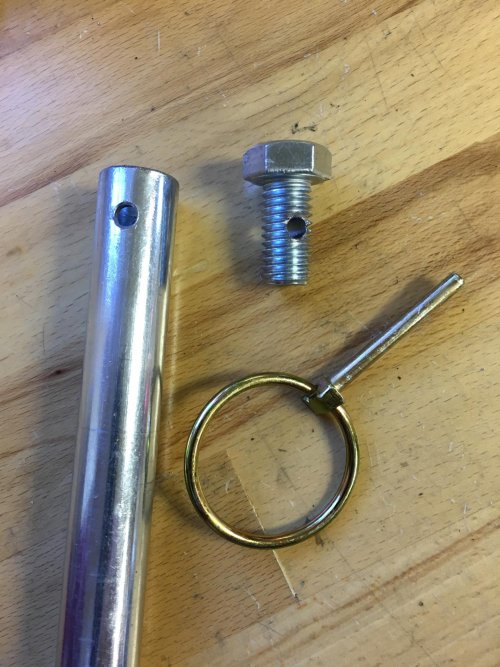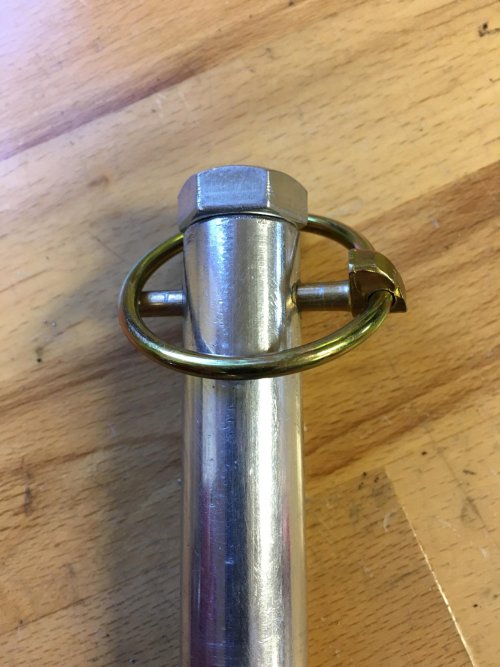But then, where's the fun?
I really really really doubt that the plug is the root problem.
But you have to consider that it IS possible. And it is the easiest and cheapest to test. Just change the plugs to the factory specified plugs and ride. It would be a bitch if you removed the head and didn't find anything BEFORE you eliminated the easiest possibility.
If the stock piston to plug tip clearance is say .040" and the Autolite plug is lets say .035" longer than stock,
the piston might not hit below maybe 5000 rpm, BUT it might hit at 7000 rpm due to rod stretch.
I have seen many pro built racing engines (car) disassembled where there was evidence of the pistons JUST kissing the bottom of the head because the builder underestimated rod stetch. There had been what they thought would be adaquate clearance when they were assembled.






